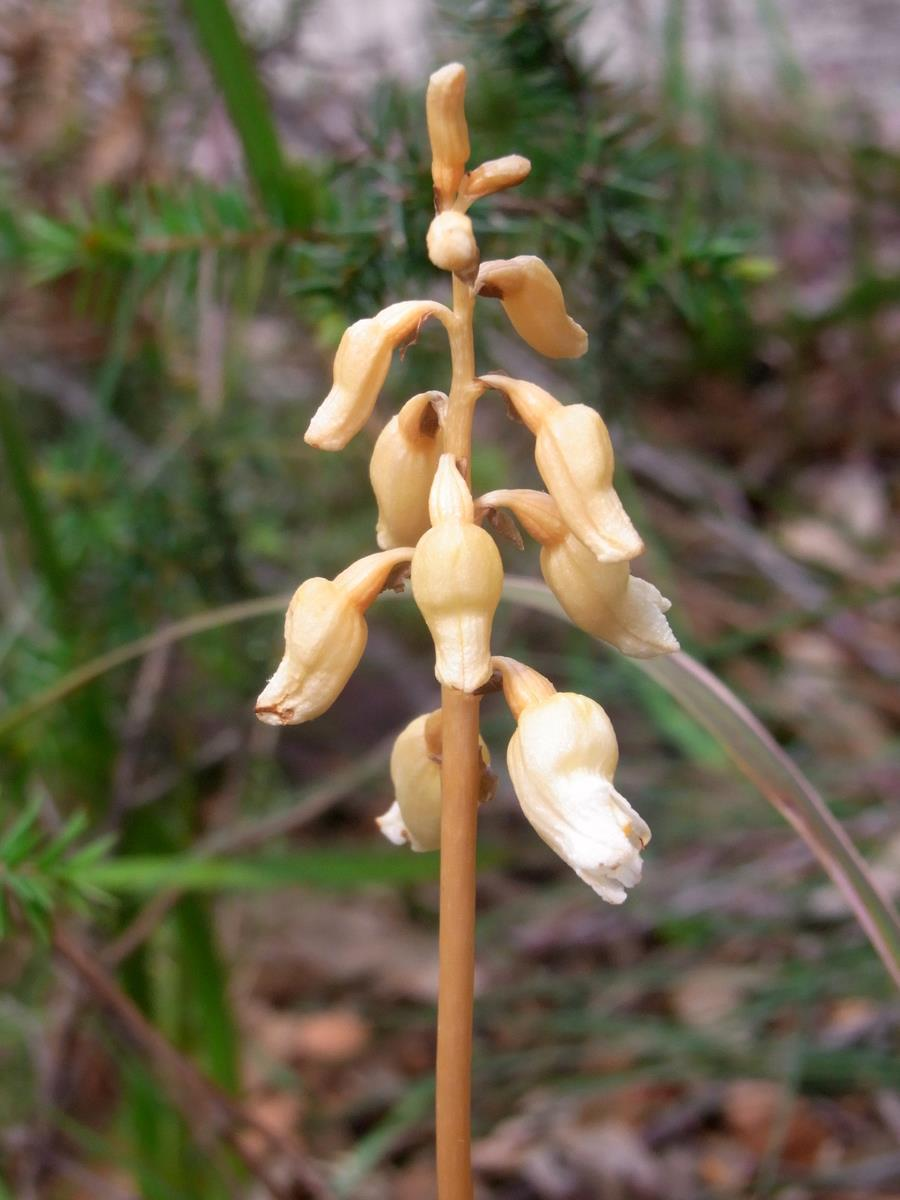
Saprophytic plants lack?
A.Chlorophyll
B.Vascular tissues
C.Roots
D.Flowers
Answer
484.2k+ views
Hint: Saprophytic is the method of sustenance in which life forms feed on dead and rotting matter. Model organisms. In saprotrophic method of sustenance, the crucial supplements required for their body are gathered from dead and rotting matter.
Complete answer:
Saprophytic: would be inaccurate as plants are in reality not saprophytic. A similar issue comes in with saprophytic versus saprotrophic. My anxiety is this, for what reason were we instructed that "saprophytic" or saprotrophic organisms are saprophytes as this would appear to be wrong. Late distributions course books actually allude to saprophytes. To add to this, there truly is nothing of the sort as a "saprophyte" with regards to plants.

Plants basically don't have the physiology to separate dead natural issues. There are, to be sure, non-photosynthetic plants, however those sort of plants are unavoidably parasitic, either legitimately parasitizing different plants (like dodder or numerous orobanche) or are micro-heterotrophs (like monotonic) that parasitize mycorrhizal organisms Well, saprophyte is an out of date term. In the event that we take the meaning of saprophyte: "a living being which gets its energy from dead and rotting natural issues' ', unmistakably no plant (in exacting present day sense) will suit this, as you accurately state. Saprophyte ought not to be utilized any longer.
Hence the correct answer is OPTION(A)
Note: Saprotrophic microscopic fungi are sometimes called saprobes; saprotrophic plants or bacterial greenery are called saprophytes (sapro-+ - phyte, "spoiled material" + "plant"), however it is presently accepted that all plants recently thought to be saprotrophic are in certainty parasites of tiny growths or different plants.
Complete answer:
Saprophytic: would be inaccurate as plants are in reality not saprophytic. A similar issue comes in with saprophytic versus saprotrophic. My anxiety is this, for what reason were we instructed that "saprophytic" or saprotrophic organisms are saprophytes as this would appear to be wrong. Late distributions course books actually allude to saprophytes. To add to this, there truly is nothing of the sort as a "saprophyte" with regards to plants.

Plants basically don't have the physiology to separate dead natural issues. There are, to be sure, non-photosynthetic plants, however those sort of plants are unavoidably parasitic, either legitimately parasitizing different plants (like dodder or numerous orobanche) or are micro-heterotrophs (like monotonic) that parasitize mycorrhizal organisms Well, saprophyte is an out of date term. In the event that we take the meaning of saprophyte: "a living being which gets its energy from dead and rotting natural issues' ', unmistakably no plant (in exacting present day sense) will suit this, as you accurately state. Saprophyte ought not to be utilized any longer.
Hence the correct answer is OPTION(A)
Note: Saprotrophic microscopic fungi are sometimes called saprobes; saprotrophic plants or bacterial greenery are called saprophytes (sapro-+ - phyte, "spoiled material" + "plant"), however it is presently accepted that all plants recently thought to be saprotrophic are in certainty parasites of tiny growths or different plants.
Latest Vedantu courses for you
Grade 10 | CBSE | SCHOOL | English
Vedantu 10 CBSE Pro Course - (2025-26)
School Full course for CBSE students
₹37,300 per year
Recently Updated Pages
Master Class 11 Economics: Engaging Questions & Answers for Success

Master Class 11 Business Studies: Engaging Questions & Answers for Success

Master Class 11 Accountancy: Engaging Questions & Answers for Success

Master Class 11 English: Engaging Questions & Answers for Success

Master Class 11 Computer Science: Engaging Questions & Answers for Success

Master Class 11 Maths: Engaging Questions & Answers for Success

Trending doubts
State and prove Bernoullis theorem class 11 physics CBSE

1 ton equals to A 100 kg B 1000 kg C 10 kg D 10000 class 11 physics CBSE

State the laws of reflection of light

One Metric ton is equal to kg A 10000 B 1000 C 100 class 11 physics CBSE

1 Quintal is equal to a 110 kg b 10 kg c 100kg d 1000 class 11 physics CBSE

Difference Between Prokaryotic Cells and Eukaryotic Cells




